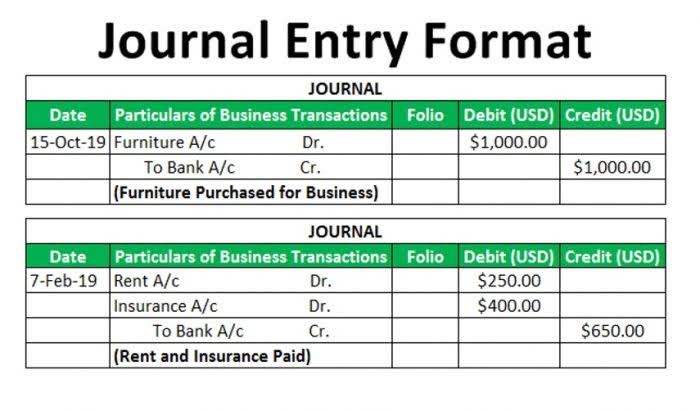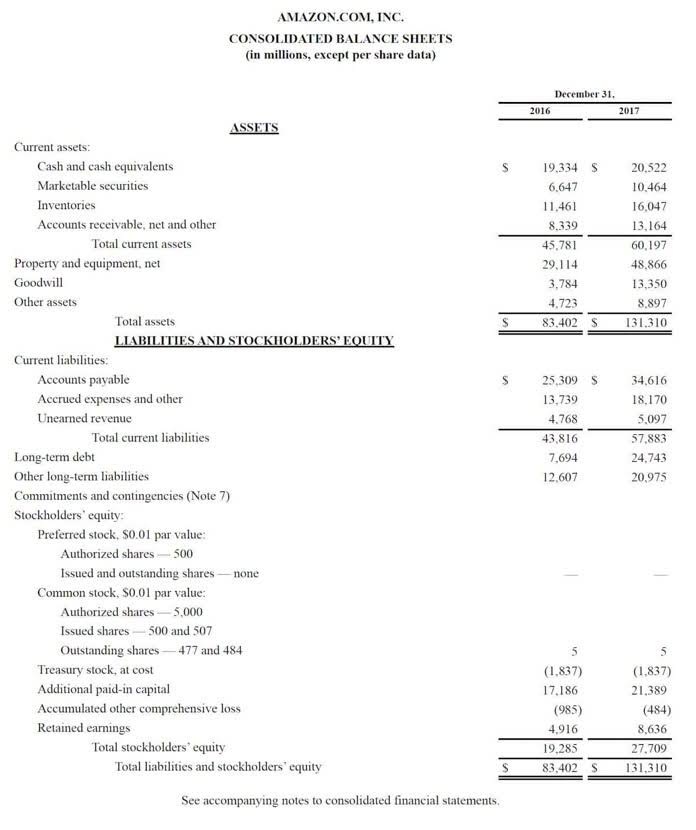
On contrary, if you are a leader in the production or a final customer, you either have metal earnings or costs, thus you only have to hedge for settlements at the moment the purchase or sale event occurs in order to make up your market risks. To make sure that the inventories are protected in the event of a price decline, when a vendor purchases goods in cash, he or she will have the chance to sell futures of an equal amount. Futures markets are auction markets where buyers and sellers of inventory are permitted to transact on a predetermined date in the future.
- Overall, S&OP should ensure coordination and the sharing of information between sales and procurement functions so both groups can easily access insights about sales forecasts and price structures to further optimize hedging decisions.
- Hedging both the inventory and the prospective sale would effectively be hedging twice.
- The objective is to offset the investor’s loss in the cash market with a profit in the futures market.
- Put it simply, you could see that hedges must be resolved and reopened at various market prices, and you can create different timings of cash flows as well as accounting treatment than tangible goods.
- For example, the prices of most chemicals are strongly correlated with the prices of naphtha and liquefied petroleum gas.
- Unfortunately, large segments of hedgers seeking to hedge this inventory price risk may often find that their intention to apply this treatment is precluded because one or the other of these considerations simply rules it out.
- In this instance, however, cash flow hedge accounting is the appropriate choice.
Continuously optimize the approach to hedging

Finally, companies can leverage advanced analytics and hedging algorithms to optimize the timing of hedging decisions. Indeed, significant recent improvements to hedging algorithms have resulted in models that can predict short-term prices with reasonable accuracy and suggest hedging decisions. Such models have proven more net sales successful on less-liquid commodities,7Liquid commodities are commodities that are widely traded at large volumes by players from institutional investors to day traders.
- Either approach— period by period or longer-term— would work, but neither is perfect.
- So, hedging, for the most part, is a technique that is meant to reduce a potential loss (and not maximize a potential gain).
- Understanding the client’s financial goals, risk tolerance, and investment horizon is essential in developing a customized hedging strategy.
- Join the over 15,000 professionals who trust Sortly as their inventory management solution and start your trial today.
What Is Hedging?
- As a result, the company was exposed to significant commodity price fluctuations.
- These products have subsequently created new and growing markets for commodities such as ammonium nitrates, cobalt, lithium, methyl esters, and waste oil.
- This is more an ideal than a reality on the ground, and even the hypothetical perfect hedge is not without cost.
- Whether hedge inventory is necessary depends on the specific risks and market conditions faced by a company.
- In some cases, the one placing the hedge owns the commodity or asset, while other times the hedger does not.
- Work stoppages and plant shutdowns can significantly disrupt the supply chain.
Hedging strategies can be used to take advantage of market opportunities and potentially increase hedge inventory returns. If the stock is trading at $12 one year later, Morty will not exercise the option and will be out $100. He’s unlikely to fret, though, because his unrealized gain is $100 ($100 including the price of the put).
Example of Hedging With a Put Option

When the prices of all supplies are the main concern, most companies instead renegotiate with their suppliers, raise prices for their customers, or both. Say a rice cake manufacturer has become aware that a severe drought is expected to drastically reduce rice supply by the second half of the calendar year. This business may purchase as much hedge inventory of rice as possible immediately to ensure its customer demands for rice cakes are met.


Regularly review inventory levels, demand forecasts, and supplier performance. Strategic inventory guards against unexpected supply chain disruptions to ensure business continuity and prevent revenue losses. A dip in the market or a price shock for a commodity of interest might trigger a hedge. Its purpose is to minimize the impact of adverse market movements on a company’s financial performance. This is the problem – at this moment commercial, Bookkeeping for Chiropractors accounting and hedging treatments all part company and give rise to very unpredictable consequences.
Similarly, if you invest in a hot technology company with the firm belief that its business will thrive over the next quarters, you might also invest in a solid consumer staple stock just in case you’re mistaken. Technically, to hedge requires you to make offsetting trades in securities with negative correlations. Of course, you still have to pay for this type of insurance in one form or another. Even if you are a beginning investor, it can be beneficial to learn what hedging is and how it works. Thomas J Catalano is a CFP and Registered Investment Adviser with the state of South Carolina, where he launched his own financial advisory firm in 2018.
So, if you own XYZ stock from $100 and want to hedge against a 10% loss, you can buy the 90-strike put. This way, if the stock were to drop all the way to, say $50, you would still be able to sell your XYZ shares at $90. A classic example of hedging involves a wheat farmer and the wheat futures market. A farmer plants their seeds in the spring and sells their harvest in the fall.